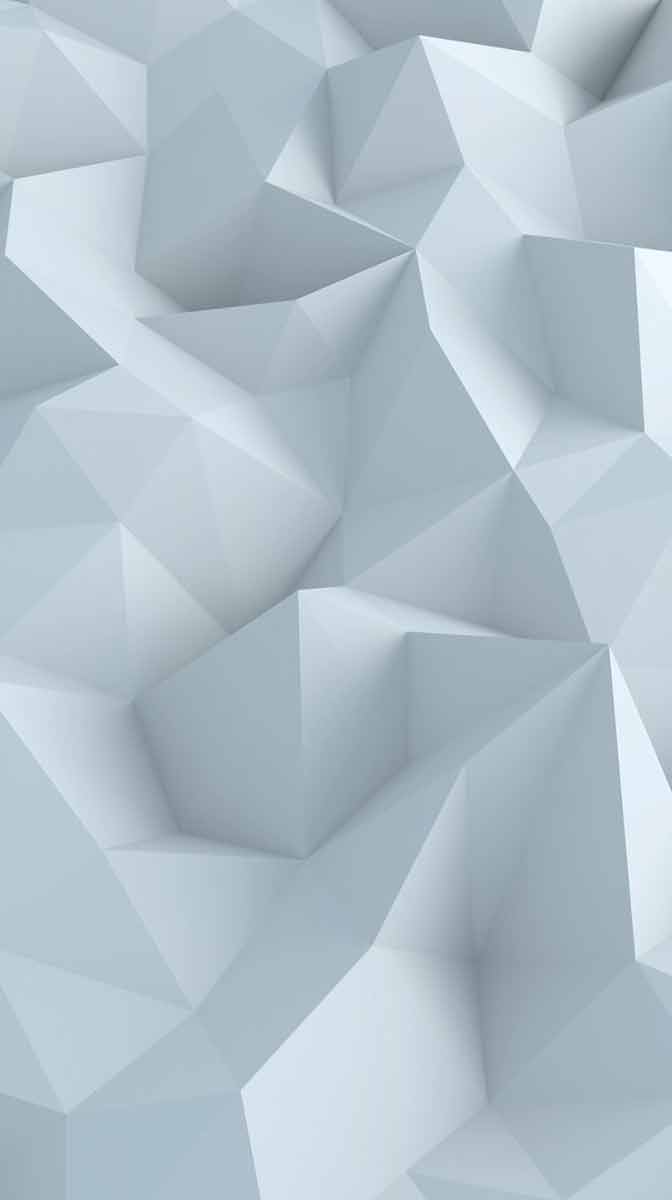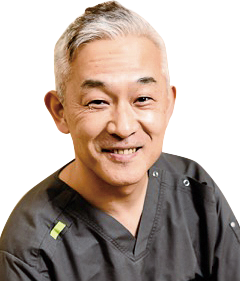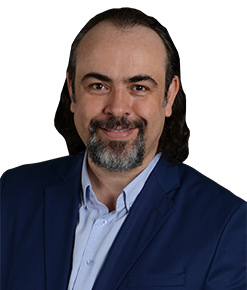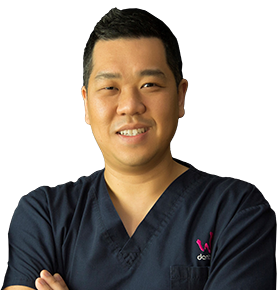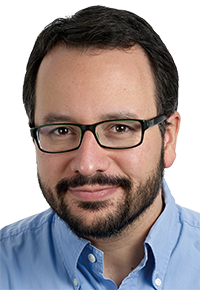


 9:00〜12:05
9:00〜12:05
Biocompatible and Minimally Invasive Esthetic Dentistry
Lectures will be provided by aesthetic restoration specialists who specialize in biocompatible procedures. Specifically, the speakers will discuss fabrication techniques and different ways to interpret tooth color/shape using both direct and indirect methods.
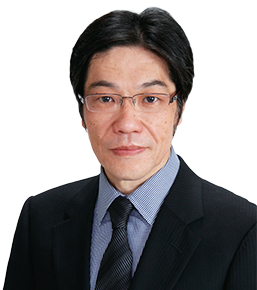
Moderator
Dr. MINAMI, Masahiro
Minami Dental Clinic
-
The Ultimate Esthetic Restoration -Direct Restoration of Molar Teeth-
In the direct restoration to molars, it is essential to reproduce and restore them with understandings of the crown morphology. Besides, they are also important factors for better restoration to decide the choice of single or multi-layered, and even the selection of indirect or direct restoration. In this lecture, I would like to talk about what is necessary to achieve the ultimate aesthetics focusing on the cavity preparation which considers the structural mechanical factors in addition to the way of selections mentioned above.
Molar anatomy Internal structure of molars Single and multiple layer composite filling Cavity preparation considering structural and mechanical factors Borderline between direct and indirect
-
Cervical Margin Relocation; From a Different Perspective
Posterior proximal cavities often extend below the surrounding gingival margin, and if an indirect restoration is indicated, this may complicate impression taking/scanning and adhesive luting.
Elevating this cervical margin coronally is called Cervical Margin Relocation (CMR); which was first proposed in 1998 and became popular among clinicians. The small amount of composite applied to deep cervically located margins has the goal to facilitate impression taking and luting procedures. However, the literature supporting CMR is scarce, especially regarding clinical studies. In this lecture, evolution of CMR and its clinical application procedures will be discussed.Why do we need to elevate the margins? Advantages of CMR How to elevate deep cervical margins? Current literature about CMR Clinical cases with CMR
-
Modern Approach to Aesthetic and Minimally Invasive All Ceramic -How can Digital Dentistry Simplify Complex Protocols in Restorative Dentistry-
The utilization of digital technologies in the field of restorative dentistry is fast becoming the norm in the everyday dental practice. However, the implementation and application of these technologies in the workflows of restorative dentistry can be challenging and, at times, frustrating.
The aim of this lecture is to highlight some of the key features in improving and simplifying the digital workflows in the field of direct, indirect and implant restorative dentistry to ensure predictable, repeatable and outcomes of the highest standards.
New and emerging trends that will further improve and simplify existing digital workflows to make the management of more challenging restorative and rehabilitative cases easier will also be discussed.Minimally invasive aesthetic all-ceramic restorations – The key steps for success and predictable outcomes The use of digital technologies from planning to execution for complex aesthetic rehabilitations The use of 3D printable materials in supporting and simplifying complex digital workflows The restorative management of the worn dentition using a novel digital workflow and injectable composites Restoratively driven VS facially driven digital planning? Is the outcome different?
-
Bio-Emulation: Histo-Anatomic Analysis and Dynamic Light Observation for Anterior Restorations
Achievement of aesthetic restorations that resemble natural teeth represents a challenge in our daily practice. Obtaining optimal results with minimal adjustments necessarily often requires performing an exhaustive shade analysis. Understanding light interaction with tooth structures and proper histo-anatomic principles is essential for a better material and shade selection strategy. Light scattering, opalescence, and fluorescence, together with considerations to teeth aging, should always be incorporated into our selection criteria. Only the restorations that could integrate with different illumination can be considered a true success during the complicated process of emulating nature with dental materials.
Better understanding of optical properties of tissues and materials. Learn advanced photographic techniques for shade analysis. Material selection criteria based on patients age. Learn strategies for avoiding problems in shade selection. Using shade measurements database as a guideline for color selection.
